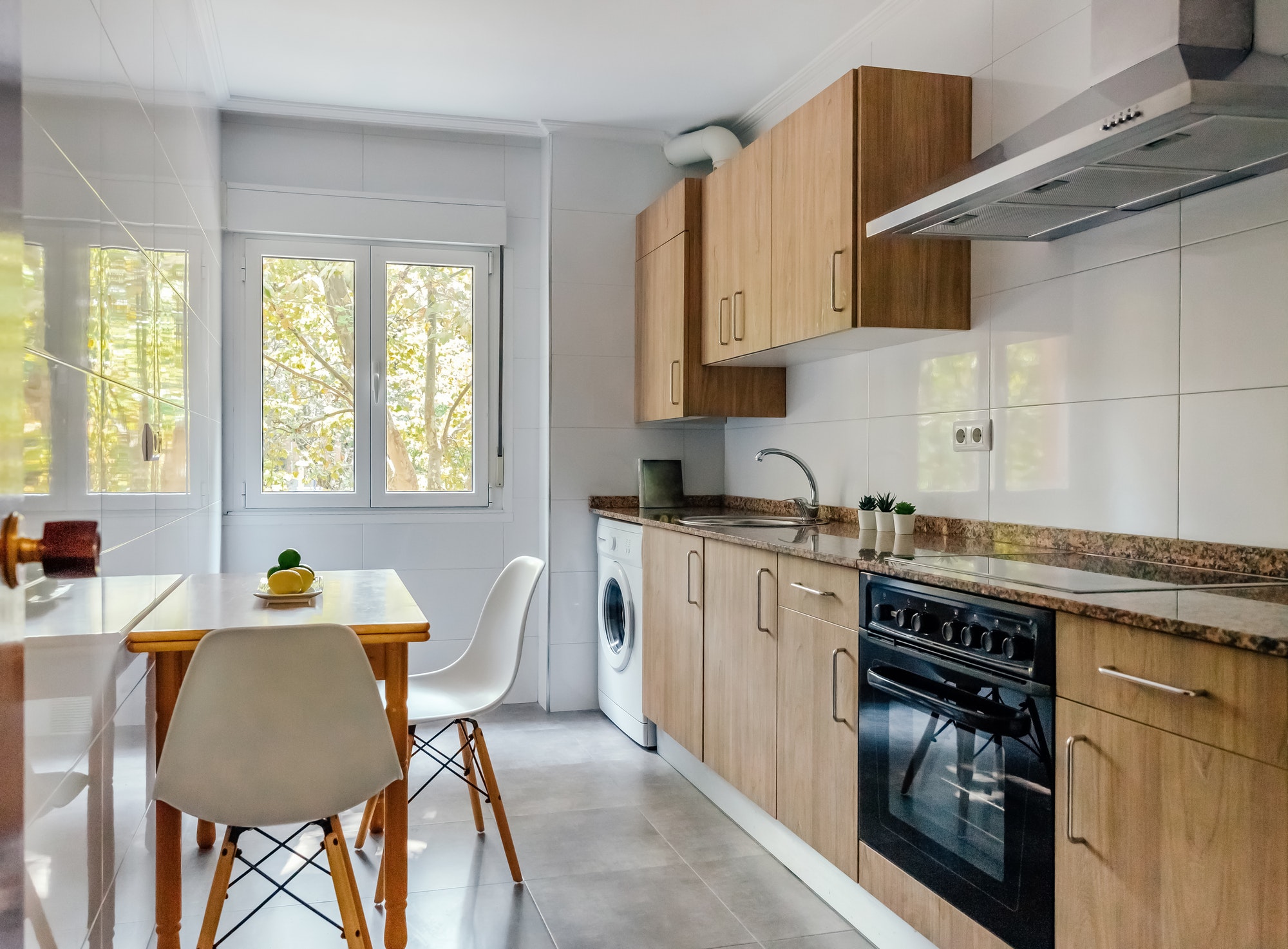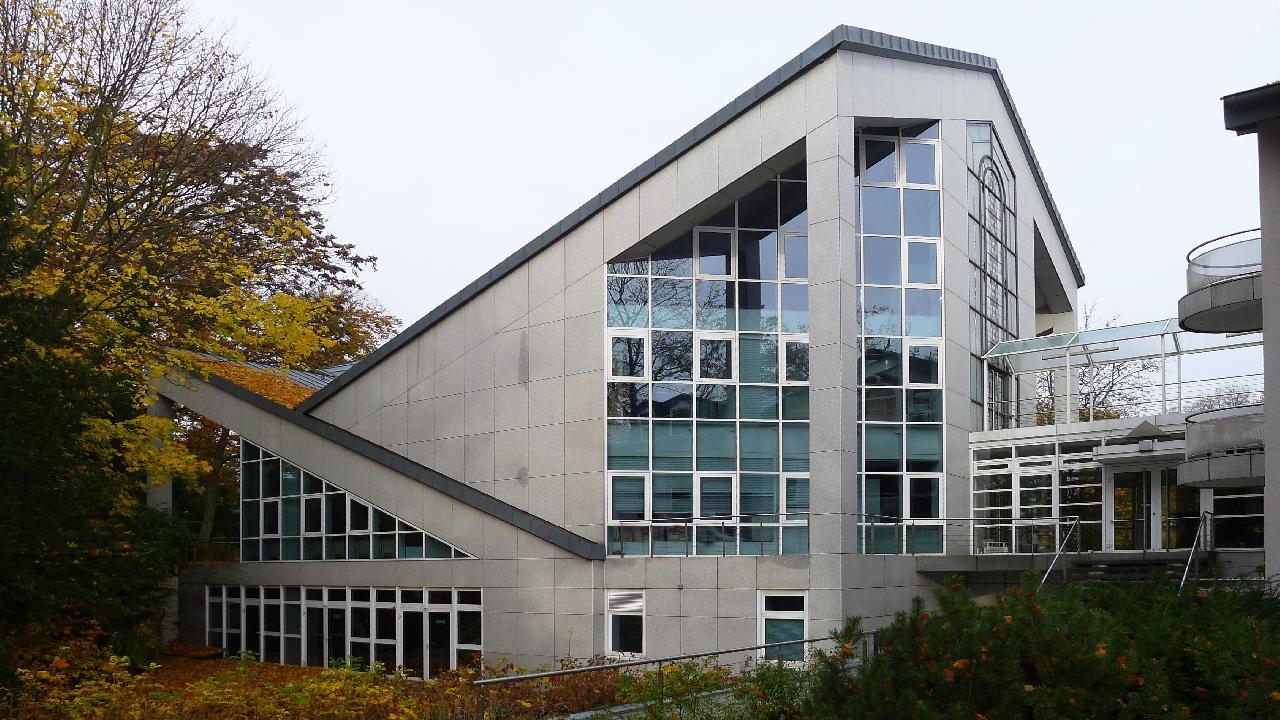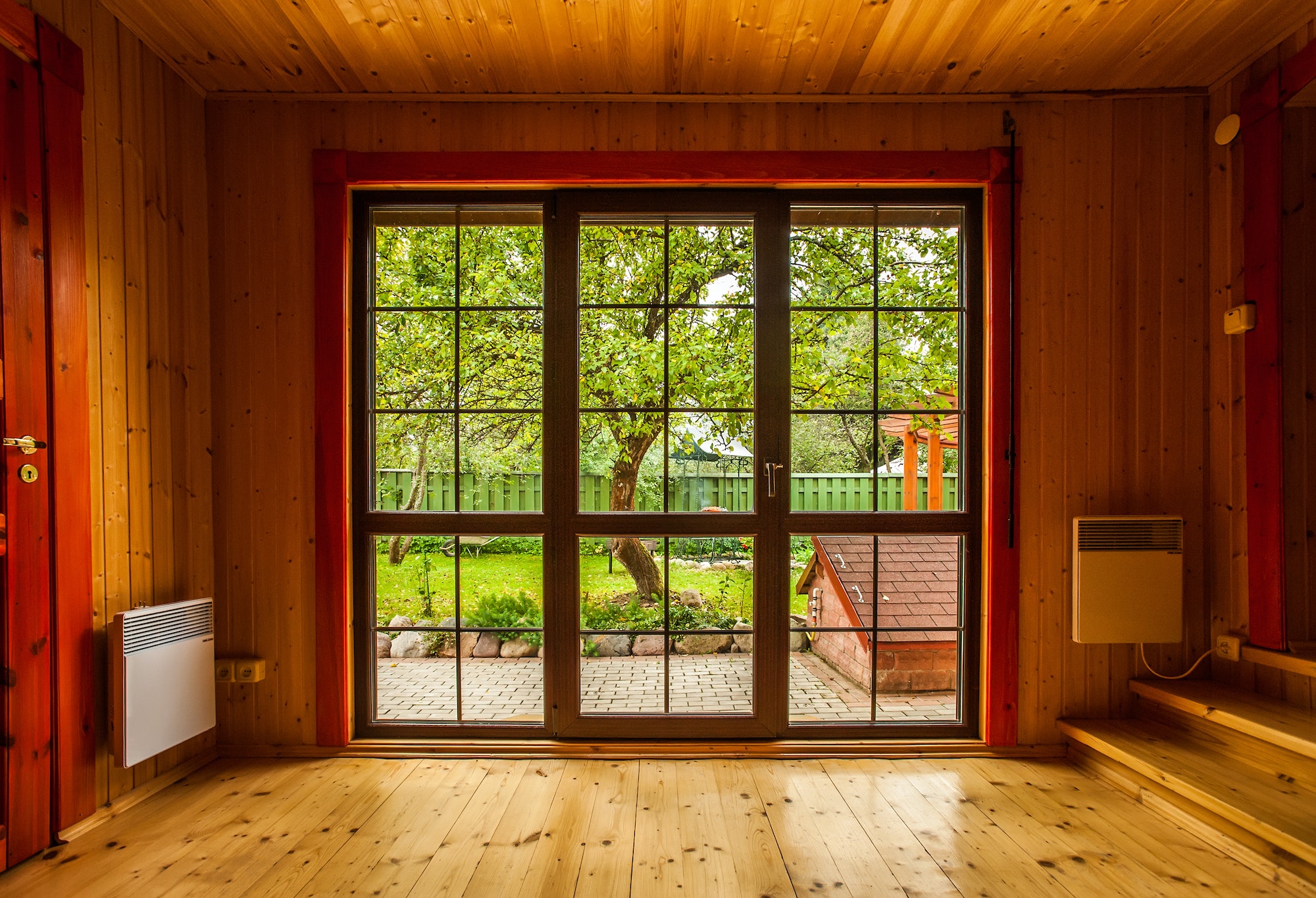As we move further into 2024, homeowners looking to upgrade their exteriors need to be aware of the evolving costs associated with siding installation. Siding installation costs in 2024 are influenced by various factors, including material prices, labor rates, and environmental considerations. Understanding these factors can help homeowners make informed decisions and budget effectively for their siding projects.
Key Factors Influencing Siding Installation Costs in 2024
- Material Choice
The type of siding material selected is the primary factor affecting installation costs. Here’s a comprehensive breakdown of the most popular siding materials and their average costs in 2024:
- Vinyl Siding: Vinyl remains a popular and affordable option. In 2024, the cost ranges from $3 to $8 per square foot, including installation. Vinyl is low-maintenance and comes in a variety of colors and styles, making it a versatile choice for many homeowners. Additionally, advancements in manufacturing have improved vinyl’s durability and aesthetic appeal.
- Fiber Cement Siding: Known for its durability and resistance to fire and pests, fiber cement siding costs between $6 and $12 per square foot. This material mimics the appearance of wood but requires less maintenance. It’s also environmentally friendly, often made from recycled materials, which is a plus for eco-conscious homeowners.
- Wood Siding: Traditional wood siding offers a classic and timeless look but comes at a higher price. Homeowners can expect to pay between $7 and $15 per square foot. Maintenance costs are higher due to the need for regular painting or staining to protect against weather and insect damage. However, for those seeking an authentic, rustic charm, the investment can be worth it.
- Engineered Wood Siding: This material offers the aesthetics of wood with enhanced durability and lower maintenance requirements. Costs typically range from $5 to $10 per square foot. Engineered wood is treated to resist termites and fungal decay, making it a practical choice for many regions.
- Metal Siding: Steel and aluminum sidings are durable, fire-resistant, and require little maintenance. Installation costs range from $8 to $15 per square foot. Metal siding is particularly popular in modern and industrial-style homes due to its sleek appearance.
- Stone Veneer Siding: For a luxurious appearance, stone veneer is a popular choice, albeit more expensive. Prices range from $15 to $30 per square foot. Stone veneer provides the look of natural stone at a fraction of the cost and weight, making it easier to install and more versatile for different home designs.
- Labor Costs
Labor costs vary significantly based on location, project complexity, and the contractor’s expertise. On average, labor costs can add an additional $1 to $4 per square foot to the overall project cost. In regions with higher living costs, labor rates may be higher. It’s crucial to hire experienced contractors to ensure quality installation, which can prevent future issues such as water infiltration or structural damage. - Geographical Location
The cost of siding installation can vary by region due to differences in material availability, local labor rates, and climate considerations. For instance, areas prone to extreme weather might see higher costs due to the need for more durable materials and specialized installation techniques. Coastal regions, for example, often require siding that can withstand high humidity and salt air, while areas with harsh winters might prioritize materials that offer excellent insulation and resistance to snow and ice. - Project Scope
The size and complexity of the project significantly influence the total cost. Larger homes or homes with intricate architectural details require more materials and labor, increasing the overall expense. Additionally, homes with unique features such as turrets, multiple gables, or complex rooflines may need custom solutions that can add to the cost. - Removal of Existing Siding
If old siding needs to be removed before new installation, this will add to the total cost. Removal fees can range from $1 to $3 per square foot. The condition of the existing siding and the underlying structure can also impact the cost and duration of the project. For example, if there is significant rot or damage beneath the old siding, repairs will be necessary before new siding can be installed. - Additional Features
Adding insulation, weatherproofing, or other custom features can increase costs. For example, installing insulated siding can improve energy efficiency but typically costs $1 to $2 more per square foot than non-insulated options. Enhanced insulation can lead to long-term savings on energy bills, which is an important consideration for homeowners in climates with extreme temperatures.
Detailed Cost Analysis
For a standard 2,000 square foot home, here are the average total costs (materials and labor) for different siding options in 2024:
- Vinyl Siding: $6,000 to $16,000
- Fiber Cement Siding: $12,000 to $24,000
- Wood Siding: $14,000 to $30,000
- Engineered Wood Siding: $10,000 to $20,000
- Metal Siding: $16,000 to $30,000
- Stone Veneer Siding: $30,000 to $60,000
Environmental and Energy Considerations
As environmental consciousness grows, more homeowners are considering the ecological impact of their siding choices. Several factors contribute to the sustainability of siding materials:
- Energy Efficiency: Insulated siding options, such as insulated vinyl or fiber cement, can improve a home’s energy efficiency by providing an additional layer of insulation. This reduces heating and cooling costs, which is beneficial for both the environment and the homeowner’s wallet.
- Material Lifespan: Longer-lasting materials, such as fiber cement and metal siding, reduce the frequency of replacement and the associated environmental impact. These materials are also less likely to end up in landfills compared to shorter-lived options like certain types of vinyl.
- Recyclability: Some materials, like metal siding, are highly recyclable, making them a greener choice. Fiber cement siding often contains recycled materials, and wood siding, if sourced responsibly, can be a renewable resource.
- Manufacturing Impact: The production processes for different siding materials vary in their environmental impact. For example, the manufacturing of vinyl siding involves the use of PVC, which has significant environmental concerns, while fiber cement production tends to have a lower ecological footprint.
Financing and Budgeting Tips
Investing in new siding is a significant financial commitment. Here are some tips to manage costs effectively:
- Get Multiple Quotes: Always obtain several quotes from different contractors to compare prices and services. Ensure each quote includes a detailed breakdown of costs. This allows you to see exactly what you are paying for and helps in negotiating better deals.
- Check Contractor Credentials: Verify the credentials, experience, and reviews of contractors to ensure quality workmanship. A well-installed siding can last for decades, but poor installation can lead to costly repairs and replacements.
- Consider Long-Term Value: While initial costs are important, consider the long-term value of different siding materials. Durability, maintenance requirements, and energy efficiency can affect overall cost-effectiveness. Sometimes, spending a bit more upfront can lead to significant savings in the long run.
- Plan for Contingencies: Budget for unexpected expenses that may arise during the project, such as repairs to underlying structures or additional labor for unforeseen issues. It’s wise to set aside an extra 10-15% of your budget for contingencies.
- Explore Financing Options: Many contractors offer financing plans that can make the cost of siding installation more manageable. Additionally, some energy-efficient upgrades may qualify for tax credits or rebates, which can offset some of the costs.
- DIY vs. Professional Installation: While DIY installation can save money, it’s crucial to assess whether you have the necessary skills and tools. Improper installation can lead to significant issues down the line, negating any initial savings.
Maintenance and Longevity
The longevity and maintenance requirements of siding materials vary, impacting the overall cost over time:
- Vinyl Siding: Requires minimal maintenance, typically just an annual cleaning with a garden hose. It does not require painting, which helps keep long-term costs low. However, it can crack or fade over time, especially in extreme weather conditions.
- Fiber Cement Siding: Needs repainting every 10-15 years but is otherwise low-maintenance. It’s resistant to rot, pests, and fire, which makes it a durable choice with potentially lower long-term maintenance costs.
- Wood Siding: Requires regular maintenance, including painting or staining every 3-7 years to protect against moisture and pests. While beautiful, wood siding can be high-maintenance and costly to maintain.
- Engineered Wood Siding: Offers lower maintenance than traditional wood, with treatments that protect against pests and moisture. It still requires some upkeep but is generally easier to maintain than natural wood.
- Metal Siding: Requires little maintenance, mostly occasional cleaning. It is highly durable and resistant to pests and fire, with a lifespan that can exceed 50 years if properly maintained.
- Stone Veneer Siding: Requires minimal maintenance and can last for decades. It is resistant to weather, pests, and fire, making it a durable and long-lasting option.
Conclusion
Siding installation is a significant investment that enhances a home’s curb appeal, energy efficiency, and overall value. In 2024, being informed about the various factors that influence costs can help homeowners plan and execute their siding projects successfully. By considering material choices, labor costs, and regional factors, homeowners can make well-informed decisions that align with their budget and aesthetic preferences.
Understanding the nuances of each siding material, from costs and durability to maintenance and environmental impact, allows homeowners to choose the best option for their specific needs. Whether prioritizing cost, longevity, or environmental sustainability, the right siding choice can add lasting value and beauty to any home.
Discover more from Futurist Architecture
Subscribe to get the latest posts sent to your email.



